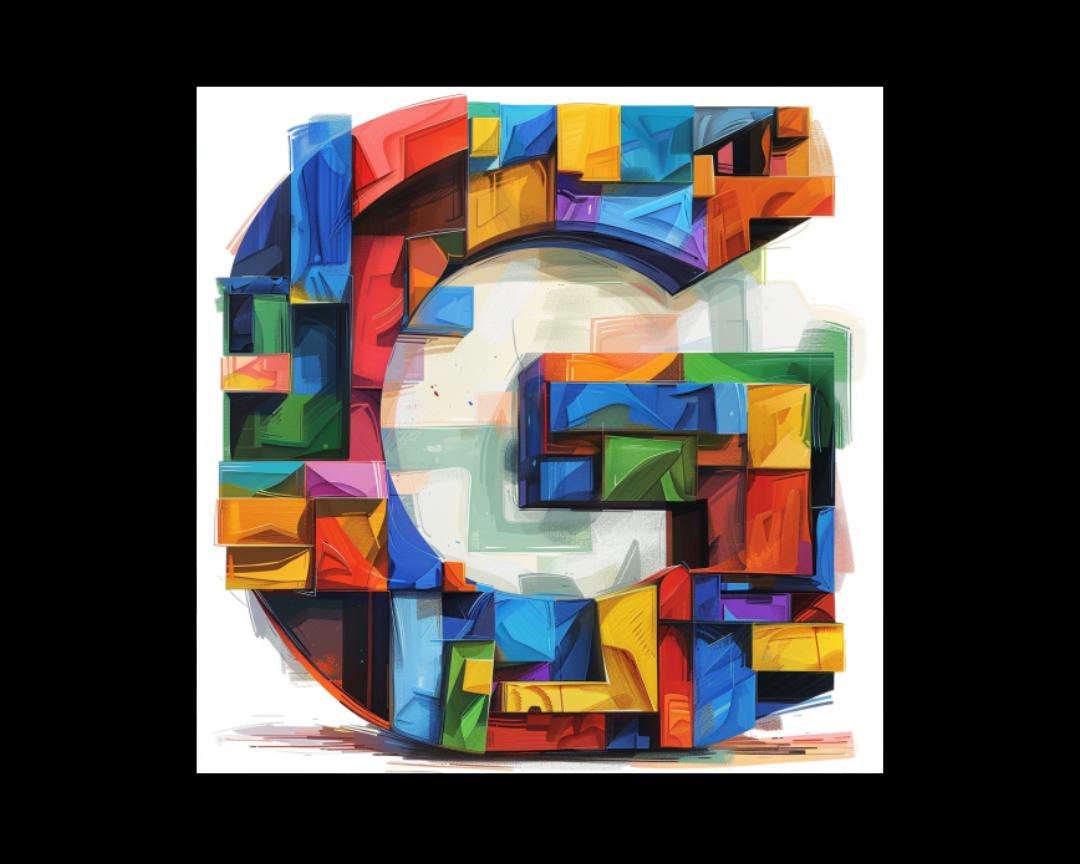Testing Begins: AI Overviews Integrated into Google Search Interface
Google is conducting trials involving AI overviews directly within the primary Google Search results. This initiative is being rolled out to certain...
2 min read
 Writing Team
:
Aug 28, 2023 3:33:42 PM
Writing Team
:
Aug 28, 2023 3:33:42 PM
.png)
In a recent discussion, Martin Splitt from Google provided valuable insights into how Googlebot manages the surge in AI-generated content, shedding light on the intricate process of crawling, rendering, and quality control.
The interview addressed the queries surrounding the impact of AI content on Google's rendering capabilities during the crawling phase.
The rendering process involves assembling a webpage within a browser by downloading and amalgamating various components such as HTML, images, CSS, and JavaScript. Similarly, Googlebot, the platform's crawler, retrieves these elements to execute webpage rendering.
This dialogue took place during the "Exploring the Art of Rendering with Google's Martin Splitt" webinar hosted by Duda. An audience member raised the question of whether the proliferation of AI content affected Google's ability to render pages during the crawling process.
Martin's response offered a comprehensive understanding of Google's approach to AI-generated content, encompassing both quality assessment and rendering determinations.
Amid his explanation, he addressed the pivotal aspect of detecting AI-generated content, a concern often pondered by SEO professionals.
Martin's response to a query by Ammon Johns was as follows:
"No, I don't think so, because my best guess is…"
He then dove into the challenge posed by AI content—its detection.
"So, we are doing quality detection or quality control at multiple stages, and most sy content doesn’t necessarily need JavaScript to show us how s**y it is."
Martin elucidated that if subpar content is detected before rendering, there's no need to proceed with the rendering process.
Additionally, he highlighted instances where rendering is not required, such as for an empty page.
He emphasized Google's established practice of assessing content quality at various junctures.
Moreover, Martin clarified that the advent of AI might enhance the scale of the challenge but wouldn't significantly alter the approach. The rendering process itself isn't the crux of the issue.
It's important to note that Martin didn't explicitly mention Google employing AI detection mechanisms on content. Instead, he stressed the application of quality detection at multiple stages for both human-generated and AI-generated content.
This aligns with the concept of Google's "Helpful Content" algorithm, which was designed to identify content crafted by individuals.
The algorithm showcased the ability to recognize machine-generated content, although that wasn't its primary purpose.
In essence, Martin Splitt's insights underscore Google's meticulous approach to handling AI-generated content within the realm of rendering and quality control.
He reaffirmed Google's established practice of quality assessment at various stages and clarified that the introduction of AI content might escalate the challenge, but the fundamental approach remains steadfast.
Google's ongoing efforts to ensure content value and quality shine through, regardless of its origin.
The conversation revealed Google's steadfast commitment to maintaining quality standards while navigating the evolving landscape of AI-generated content, further reinforcing the search engine's dedication to providing meaningful and valuable information to its users.
-1.png)
Google is conducting trials involving AI overviews directly within the primary Google Search results. This initiative is being rolled out to certain...
.png)
According to reports, Alphabet's Google has granted early access to a select group of companies for its conversational artificial intelligence...

Google I/O 2024 kicked off with a dynamic and futuristic keynote that highlighted Google's unwavering commitment to artificial intelligence (AI)....